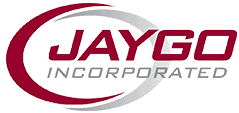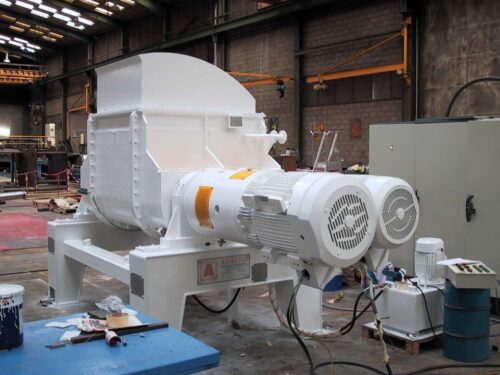6 Tips for Process Equipment Maintenance
6 Tips for Process Equipment Maintenance
Manufacturing equipment is an integral part of the production process. With this in mind, you should take adequate care to ensure your equipment remains in top shape throughout its useful life. If you need general advice on how to keep your equipment operational, here are six of the best practices for maintenance.
- Inspection for Degradation and Damage
Regular inspection can prevent costly breakdowns and repairs. Regular inspections allow you to identify machine and component issues before they become serious. During the inspection, look for signs of vibration, high temperature, and friction. These signs can indicate problems with alignment, shock, or insufficient lubrication, which can all lead to wear and tear. Regular inspections can help you proactively manage maintenance schedules and budget for parts that need replacements ahead of schedule. You can also consider using bushings, sleeve bearings, and ball bearings to reduce the risk of wear and tear. These components can reduce noise pollution and increase the service life of the equipment.
- Maintenance Plan
Establish a scheduled maintenance plan to keep your equipment in good condition. This plan should include regular inspections and replacements of worn components, such as bearings, fluids, belts, oils, friction materials, and tires. Additionally, monitor bearings and bearing housings for corrosion and replace them as necessary. A maintenance log will ensure that you inspect and replace all components before extensive damage affects the machine.
- Cleaning
The accumulation of dirt and debris on a machine can lead to breakdowns and other costly problems. To avoid this, manufacturers should refer to their equipment’s manufacturer’s recommended cleaning instructions and develop an equipment maintenance plan (EMP). This plan should detail the cleaning methods, products, and frequency to ensure that all machines remain clean and free from contaminants. You can use acid, steam, and power washing methods to thoroughly clean machinery. Additionally, you can hose down heavy equipment with water. Remember to document all these processes in the EMP to ensure that all of your personnel notice them. Regular machinery cleaning can help increase their lifespan and maintain optimal performance.
- Lubrication
Lubricants reduce the friction of moving parts and help maintain the temperature of the equipment. Use only the specific lubricants recommended by the equipment’s manufacturer. Also, ensure you use it carefully and in the right amount to avoid grease build-up and other performance issues. Ensure that the lubricants used are of high viscosity index and able to work in extreme temperatures.
- Machine Knowledge and Personnel Training
Familiarize yourself with the equipment to get the most out of the machinery. You can use your knowledge to help the machine operator understand the machinery manual. Also, you can help them become familiar with what the machine is capable of and what should not be done for safety. Frequently train all staff on how to operate machinery properly. Proper training will help reduce wear and tear, decrease the risk of injury, and reduce the risk of equipment breakdown. Training should include regular updates on emergency procedures and safety precautions. Maintain up-to-date information, like software and hardware updates, so that employees can stay knowledgeable and properly operate the equipment. Also, create a daily record of equipment use and monitor operations. These records can help pinpoint the time and location of operation, as well as help identify any unskilled operators.
- Machine Storage
Store your equipment under cover to prevent rust and condensation build-up. Remember to store the equipment visibly without any obstructions from other pieces of equipment. Also, operate them periodically, even when not in use. Contact us at Jaygo Incorporated to replace damaged equipment or upgrade your machinery to newer models.


